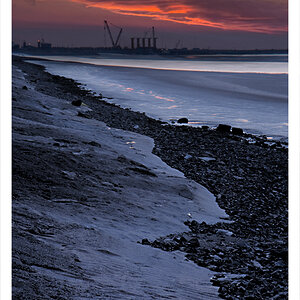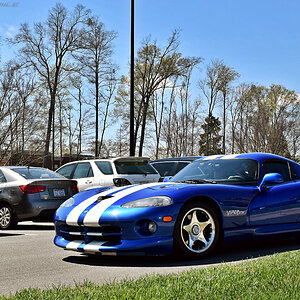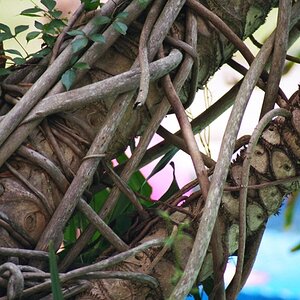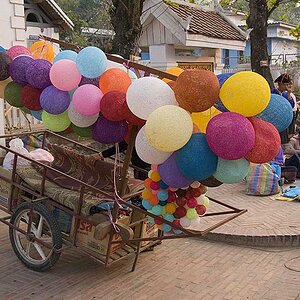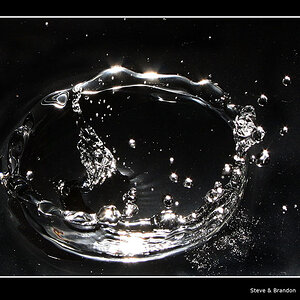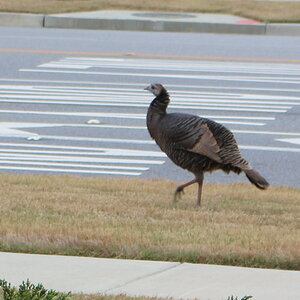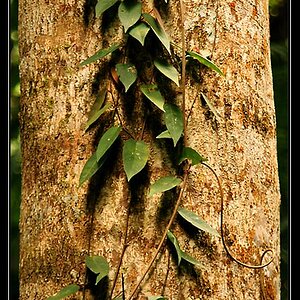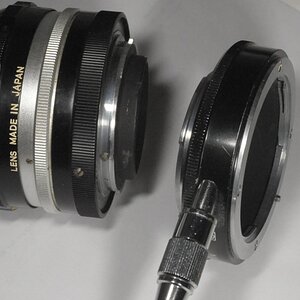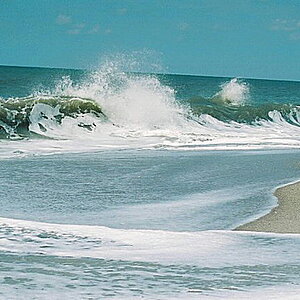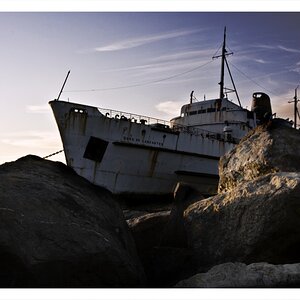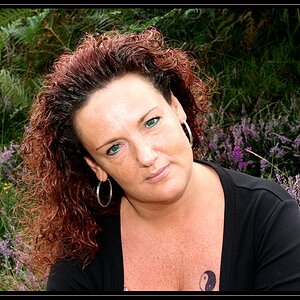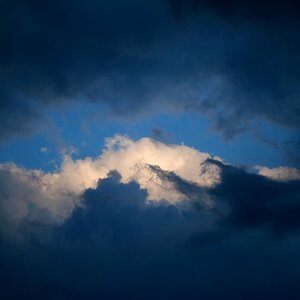jacknife
TPF Noob!
- Joined
- Mar 30, 2011
- Messages
- 6
- Reaction score
- 0
- Can others edit my Photos
- Photos NOT OK to edit
So lets say I shoot 35 rolls of B&W 35mm film within a year. How much of each chemical would I need to develop this amount of film? I prefer concentrate compared to powder solely for shelf life.
After that lets say I choose to print 300 of those ~840 photographs onto mostly 8x10's. How much of each chemical would I need to develop these prints?
I know this is a very broad question, and there will be many variables like test strips, mess ups, and smaller/larger prints, but I would like to purchase at least half of enough of the chemicals to do the stated in one purchase.
After that lets say I choose to print 300 of those ~840 photographs onto mostly 8x10's. How much of each chemical would I need to develop these prints?
I know this is a very broad question, and there will be many variables like test strips, mess ups, and smaller/larger prints, but I would like to purchase at least half of enough of the chemicals to do the stated in one purchase.


